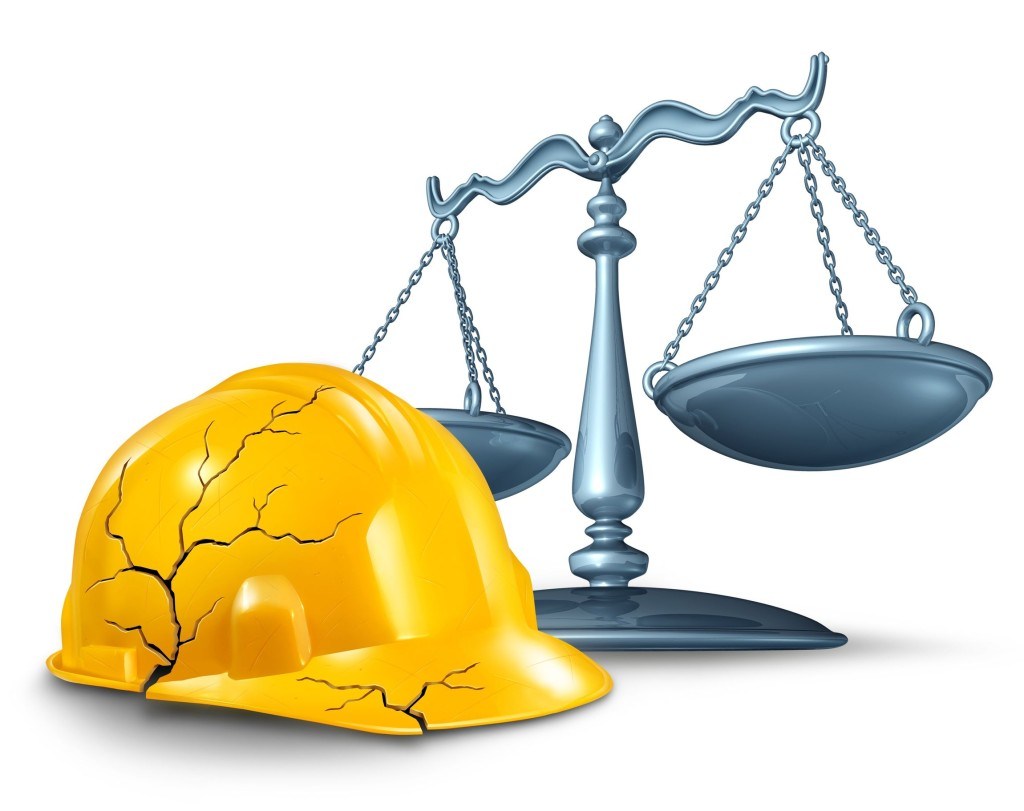Employers will face three major workplace safety challenges in the coming years, but all can be mitigated through evolving safety solutions, workers’ compensation professionals say.
The report, Challenges for Today’s Worker–The Big Three: Physical Space, Mental Health and Environmental Impact, presented by National Council on Compensation Insurance (NCCI) Insights at the 2024 Annual Insights Symposium in May, took a deep dive into top workers’ compensation issues. The study identified weather-related injuries, the evolution of safety and the impacts of mental health as critical factors to watch.
Weather-Related Injuries
Across NCCI states, both hot days and cold days have more workers’ compensation injuries than mild days. However, the rate of increases and types of injuries vary depending on whether extreme temperatures are hot or cold, or if precipitation is involved. As the average temperatures across the country continue to rise, more employees will be impacted by extreme highs and lows.
The study compares claims to a mild weather baseline (60-65 degrees Fahrenheit), with all other factors being equal. It strips the influence of calendar, location and exposure base to separate temperature from other factors such as mix of business, state laws and regulations, local economic conditions, or other variables of time and space. Some models include precipitation as it makes a particular difference on snowy or icy days. All claims are included in the study, whether or not they are weather-related.
All else being equal, injuries increase as the heat rises. Impacts begin just a few degrees above the baseline and rise to 5% when the temperature is in the low 80s. Injuries increase by 10% for temperatures above 100 degrees.
“For cold days, we don’t see that same monotone relationship,” said presenter Patrick Coate, senior economist at NCCI. “Rather, here we see work injuries peak about 5% above baseline on days when the high temperature is right around freezing.”
On dry days, injury trends are commensurate with the rate of temperature variations. However, cold and wet days are different.
“So, precipitation on hot days, we see the rain attenuating the effective heat a little bit,” Coate said. “But on freezing days, these wet days are much more hazardous.”
On wet days when the temperature hovers around freezing, injuries increase by 10% over a dry and mild day, about the same as the impact of temperatures above 100 degrees.
Anae Myers, assistant actuary at NCCI, said the construction industry doesn’t follow the “all-worker” trend. “There are fewer injuries on colder days, but the heat impacts are nearly twice as large as seen for all workers as construction is, of course, a physically demanding sector taking place largely outdoors and subject to seasonal fluctuations.”
In transportation and warehousing, the heat impacts are similar to all workers, but injuries increase as the temperature gets colder, peaking at almost 25% over baseline when temperatures are below 20 degrees.
“Exposure to harsh, wintry conditions can heighten environmental hazards like driving in icy conditions or potential slips and falls while loading, unloading and making deliveries,” said Myers.
Even though office workers are predominantly indoors, there is a heightened risk at 30 to 35 degrees, peaking at about 13%. At temperatures over 100, these workers see a high temperature peak of about 5% over baseline conditions. In the hottest cities, construction injuries can hit a 16% increase over the baseline.
Patterns also vary by cause of injury correlating with temperature.
“Contact and strain injuries both peak on the hottest days and are slightly lower on cold days compared to mild ones,” Myers said. Slips and falls are the primary drivers of the positive relationship between injuries and freezing temperatures.
Precipitation also affects slips and falls and motor vehicle accidents. Even on dry days, cold temperatures can cause up to 40% more slip and fall incidents and a slight rise in motor vehicle accidents than mild weather.
When precipitation is added to the mix, slip and fall injuries rise by up to 75% in freezing temperatures, while motor vehicle accidents increase by 45% in those same conditions. The coldest cities have the most significant impact from precipitation, with the coldest cities seeing proportionately larger impacts than cities with milder winters.
The Evolution of Safety
The weather’s impact on claims is not uniform across sectors.
“That points to the need for sector-specific safety solutions and a deeper look at frequency at the industry level,” said Myers.
High-tech solutions, such as advanced wearables, computer vision and AI applications, are becoming more common ways to prevent injuries, but the most common injuries are still taking a toll.
“Across industries, over 60% of lost time claims are attributable to strains, slips and falls,” she said. Notably, all sectors exhibit significant shares of both, she added.
Nearly two-thirds of all strains are caused by lifting, pushing, pulling and twisting. The lower back is particularly vulnerable. Lifting accounts for half of workers’ comp low back injury claims. Strains, slips and falls account for 80% of all low back pain injuries.
Given the prevalence of these incidents across sectors, there could be promising applications of safety technology across sectors that mitigate or prevent some of these injuries.
“Safety technologies have a role to play in these trends,” Myers said. “As they evolve, their transformative potential could mitigate more risk, causes and injuries if they work as intended and be a game changer for workers everywhere.”
Mental Health Issues
Injuries can trigger mental health issues or exacerbate existing issues.
Workers’ compensation recognizes three types of psychological injuries: Physical mental (PM), caused by a physical injury, makes up the vast majority of mental health-related claims. PM injuries make up about 8.5% to 10% of all lost time claims over the last 12 years. Mental-physical (MP), mental injury with accompanying physical injury, and mental-mental (MM), mental-only injury with no accompanying physical injury, together make up less than 2% of the total number of mental health related claims each year.
Injured workers with high-severity injuries are more likely to be diagnosed with mental disorders, particularly when experiencing chronic pain or a traumatic brain injury.
Injured workers can be subject to psychosocial risk factors such as stress and anxiety symptoms that may impact recovery. Early detection and intervention are critical to speeding physical recovery and preventing longer-lasting mental health impacts.
On average, claims with a mental diagnosis are six times more expensive than those without such diagnoses. Adjusting for a mix of medical conditions and surgery with a mental diagnosis, claims are 2.5 times more costly, indicating the higher unadjusted differential is primarily due to the mix of underlying medical conditions.
Was this article valuable?
Here are more articles you may enjoy.


 Catastrophe Experts Tap AI to Tackle Soaring Insured Losses
Catastrophe Experts Tap AI to Tackle Soaring Insured Losses  What Claims Pros Must Know About Small Businesses’ Insurance Blind Spots
What Claims Pros Must Know About Small Businesses’ Insurance Blind Spots  Scammers Are Pushing Auto Loan Fraud to Record Levels
Scammers Are Pushing Auto Loan Fraud to Record Levels  Novogratz’s Galaxy to Pay $200 Million in NY Luna Settlement
Novogratz’s Galaxy to Pay $200 Million in NY Luna Settlement 